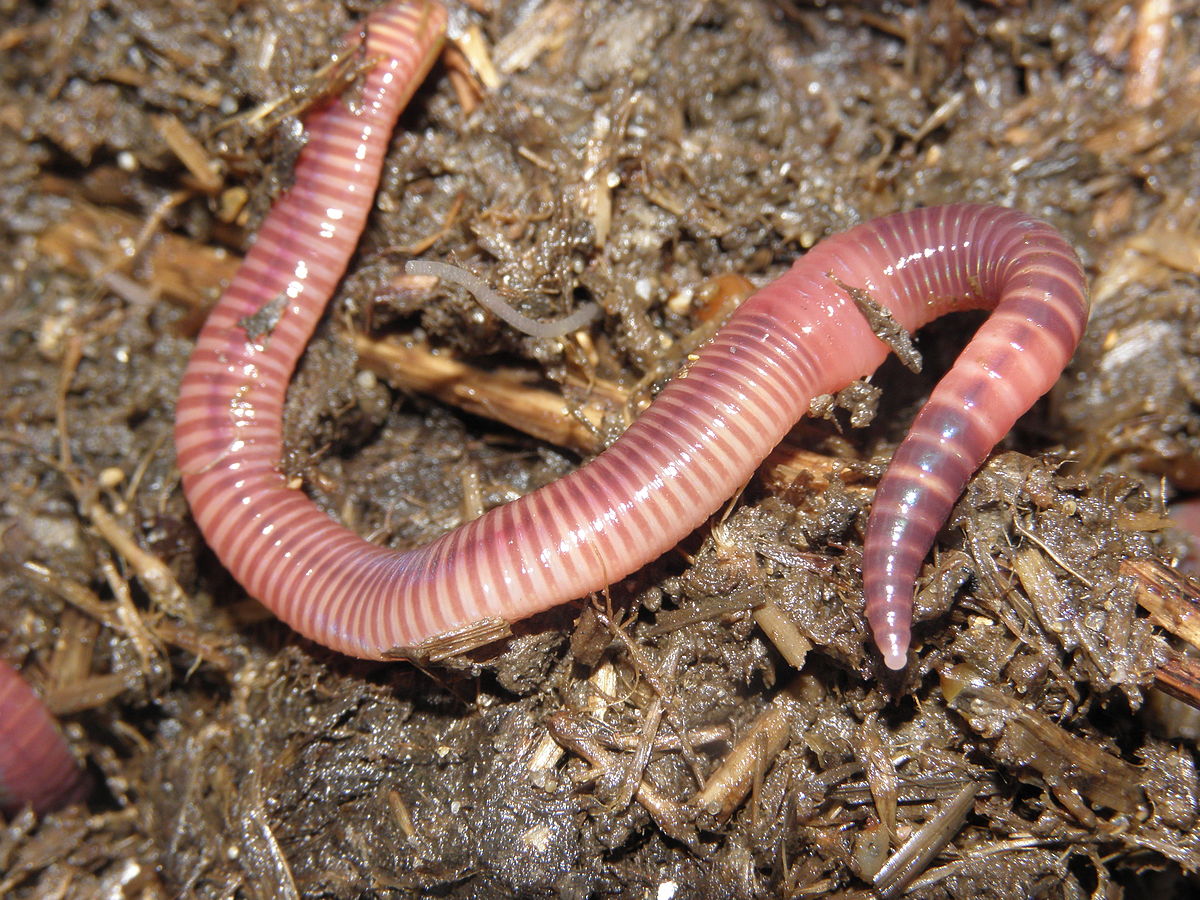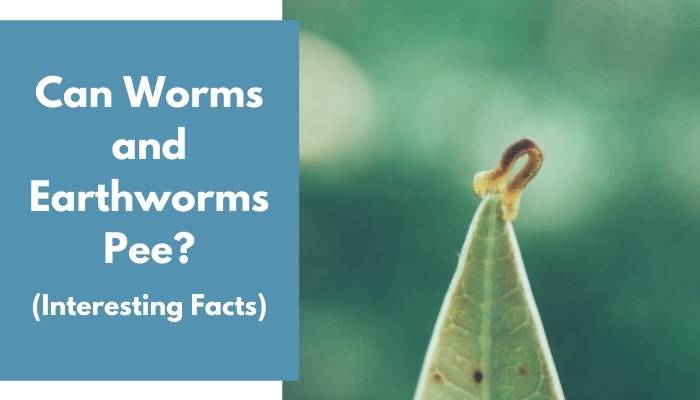- Thread starter
- #11
meadow
Deeply Rooted
Here is a setup that is on a larger scale, more like an in-ground compost bin:
I meant if the hole would stay open and usable without having to dig it out again.
I have some physical limitations that are not consistent, and may not be able to dig it in when needed.
Worms don't pee.
You only said that to make us flinch, involuntarily.
And, worm poo is a top quality plant nutrient for which people will pay $20, $30, $50 per bag.
Steve


Yes, I mulch with lawn clippings or dried/chopped leaves and also 'chop and drop' as long as there are no seed heads (and it isn't an invasive weed).
eta: and the walkways and blueberries are mulched with shredded wood
Here is a setup that is on a larger scale, more like an in-ground compost bin:
That's an interesting idea! I wonder how likely the sides would be to collapse, or how regularly the hole would need to be defined. hmm.
Yes, I'd love to hear about why to do things inside! Thanks!!
Burying stuff on a regular basis isn't a practical solution for me unless I ask for help, which I'd rather not do. DH already has a full load (and then some) so I'm looking for something I can manage consistently on my own.
Part of the appeal (for me) to using an in-ground container in the garden is that, 1. there is no quackgrass, 2. using it would not disturb the plants, and 3. I'd be able to pop open a lid and pretty much use it like a garbage can. Aside from occasional maintenance of course. I do have a source of free plastic containers and have some on hand right now. You have some good ideas on alternatives to plastic. I could transition to something else as I'm able.
Those things aside, what do you think about the mechanics of it? Would material be transported out of the container by the worms, or is the real benefit in distributing the stuff that was created in the pipe as @Ridgerunner has suggested? If that is the case, then there is no reason to have it in the bed in the first place. A far corner would work just as well.
In my imagination, it is all lovely crumbly goodness, rainbows and unicorns!
depends upon your soil type and how much stuff you keep in it.